This blog is dedicated to ancestral and extinct horses, from the deep past to recent history - none of the art that I repost belongs to me, I do my best to always include the appropriate credit - lemme know if you want your art removed tho, no problem
Don't wanna be here? Send us removal request.
Text
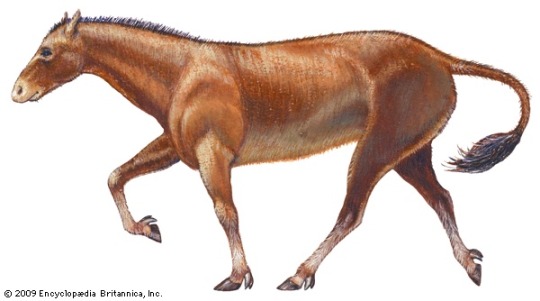
Source: Mesohippus, Encyclopedia Britannica
“Mesohippus was the first of the three-toed horses and, although only the size of a modern collie dog, was very horselike in appearance. Mesohippus was still a browsing form; its teeth were unsuited to the grazing adopted by later, more advanced horses.”
#mesohippus#horse#extinct#paleoart#reconstruction#evolution#oligocene#south dakota#north america#fossil#prehistoric
9 notes
·
View notes
Text
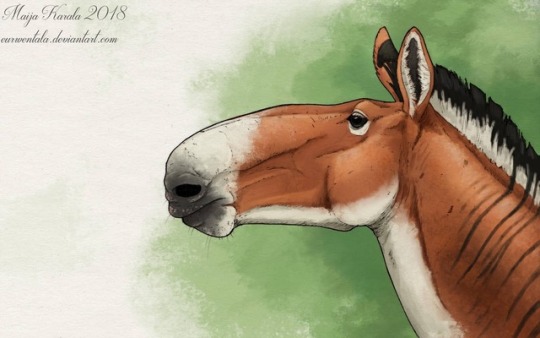
The Little Horse with a Big Nose, by Eurwentala
1 note
·
View note
Text
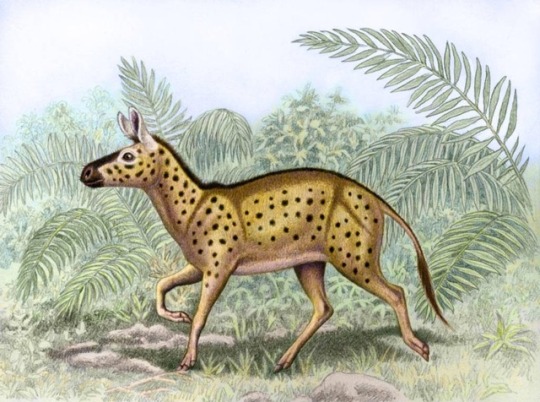
Orohippus, by WillemSvdMerwe
118 notes
·
View notes
Text
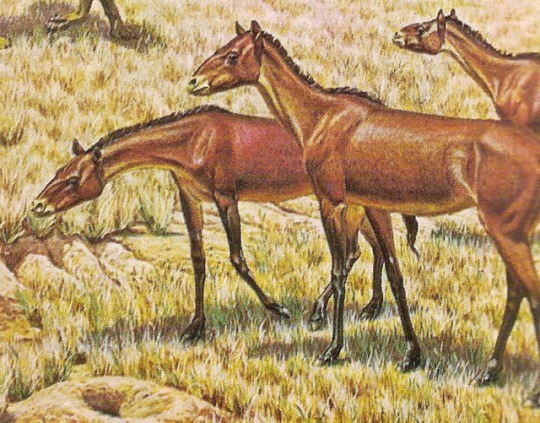
Restoration of Parahippus, on a mural made for the US government-owned Smithsonian Museum
#parahippus#horse#extinction#extinct#evolution#paleoart#reconstruction#prehistoric#miocene#smithsonian#mural
3 notes
·
View notes
Text
An overview of Parahippus, from the Florida Museum of Natural History.
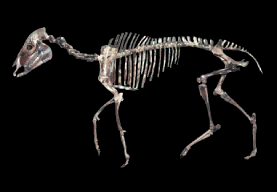
#parahippus#horse#evolution#florida museum of natural history#miocene#great plains#florida#fossil#extinct
2 notes
·
View notes
Text
A neat little article about Pliohippus. Most notably, it discusses the preorbital fossae I’ve seen mentioned in association with several fossil horses, dipping into hypotheses about their possible functions. Check the link if you’re interested in that sort of thing
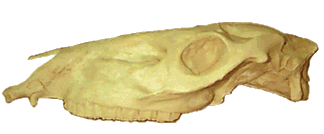
#horse#extinct#evolution#pliocene#pliohippus#miocene#skull#morphology#florida museum of natural history
1 note
·
View note
Text
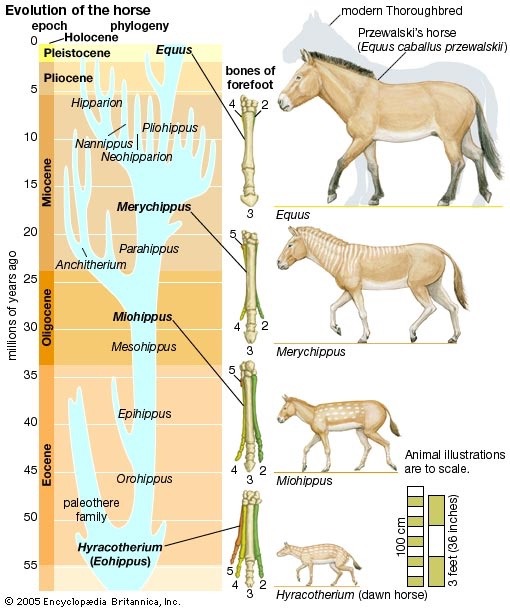
Evolutionary family tree of the horse
Source: Evolution of the Horse, Encyclopedia Britannica
#horse#extinct#evolution#prehistoric#family tree#relative#ancestor#eocene#oligocene#miocene#pliocene#pleistocene#holocene#equus#merychippus#miohippus#hyracotherium
16 notes
·
View notes
Text
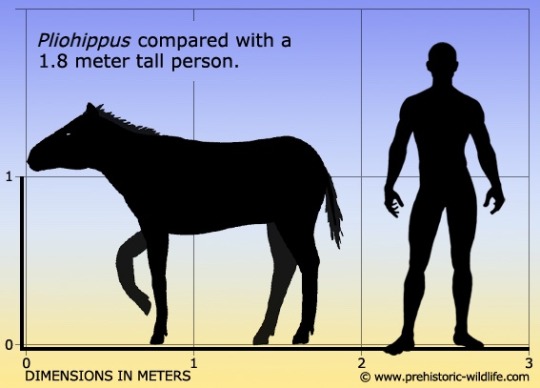
Source
“In the on-going evolution of horses Pliohippus represents the next stage after forms like Merychippus. The most noted feature of Pliohippus is that it has even more developed hoof feet supported by the middle toe, with the two side toes being reduced so much that in life they would have been barely visible if at all.”
0 notes
Text
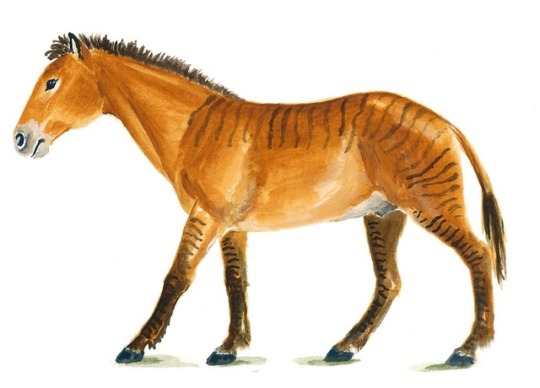
Pliohippus - 12 mya, North America
Source
3 notes
·
View notes
Text

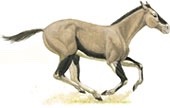


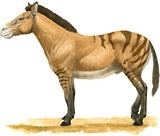
Fossil horses from the Ashfall Fossil Beds in Nebraska, a site whise richness of mammal fossils is attributed to a large Yellowstone eruption. Horse remains are plentiful, with five genera known to be present. They are depicted above in the following order: Pseudohipparion, Neohipparion, Cormohipparion, Protohippus, and Pliohippus. The first three genera are three-toed, while the last two bear single hooves.
Source
#horse#evolution#extinct#ashfall#fossil beds#nebraska#yellowstone#pseudohipparion#neohipparion#cormohipparion#protohippus#pliohippus#miocene
5 notes
·
View notes
Photo
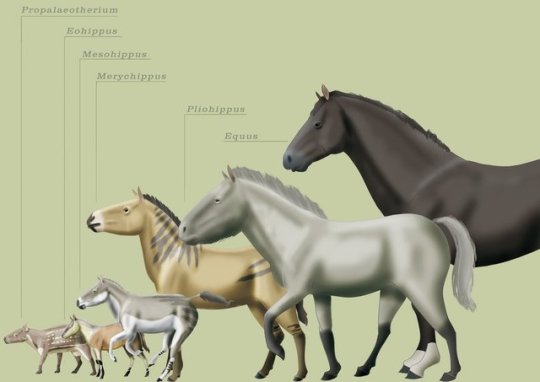
Horse evolution by Rainbowleo
#horse#evolution#extinct#propalaeotherium#eohippus#mesohippus#pliohippus#equus#paleoart#reconstruction#comparison#prehistoric
2 notes
·
View notes
Photo
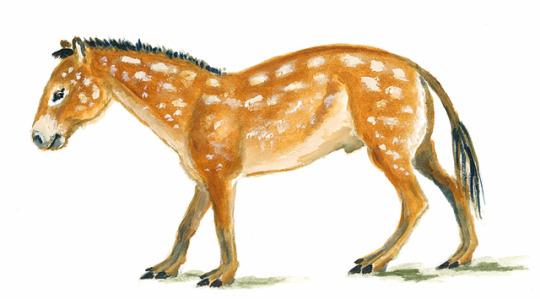
Source (article)
58-55 mya, N. America and Eurasia
1 note
·
View note
Photo
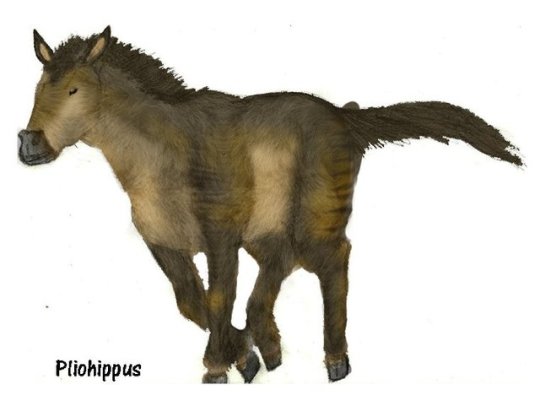
Source
0 notes
Photo

“Pliohippus, extinct genus of horses that inhabited North America during the Pliocene Epoch (5.3–2.6 million years ago). Pliohippus, the earliest one-toed horse, evolved from Merychippus, a three-toed horse of the preceding Miocene Epoch (23–5.3 million years ago). The teeth of Pliohippus are taller and more complexly folded than those of earlier horses; these features indicate a greater dependence on grazing than browsing for food. Because of its diet and its specializations for running, it is likely that Pliohippus lived on open plains.”
Source: Encyclopedia Britannica
#pliohippus#merychippus#horse#evolution#extinct#prehistoric#north america#pliocene#paleoart#art#reconstruction#skeleton
2 notes
·
View notes
Photo
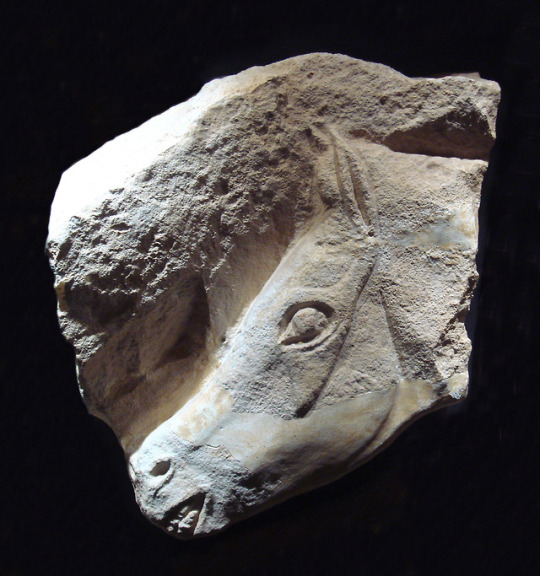
Magdalenian Horse, c. 15,000 BCE, Musée d'Archéologie Nationale, France
8 notes
·
View notes
Photo
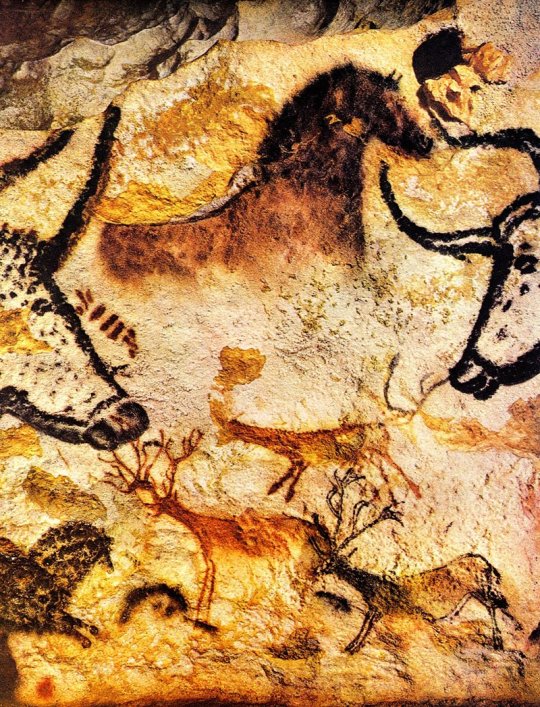
550 notes
·
View notes